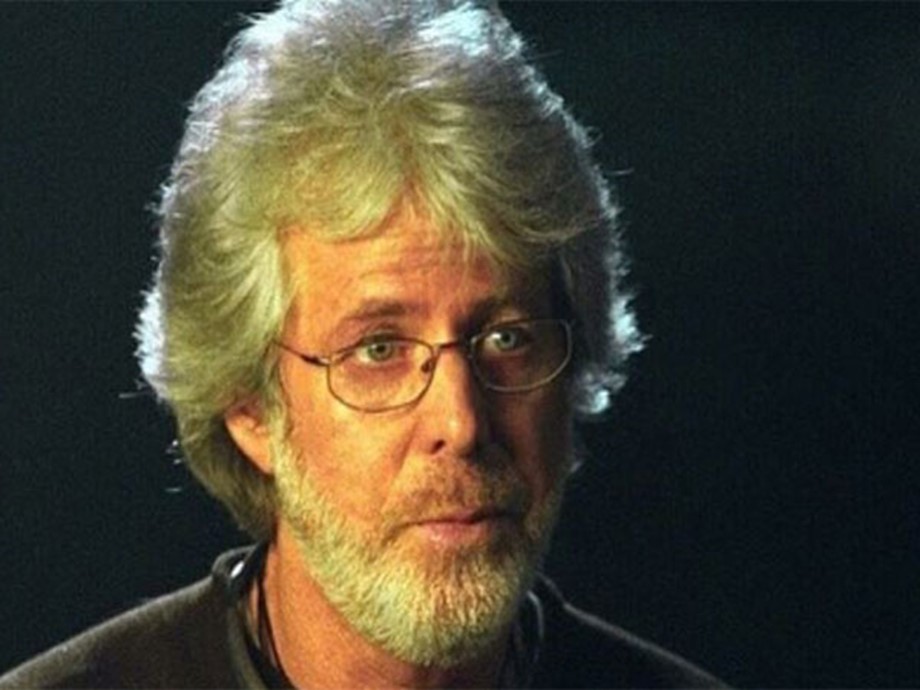
Notifications can be managed in browser preferences.
Please refresh the page or navigate to another page on the site to be automatically logged inPlease refresh your browser to be logged in
South Korea, Ukraine and the US previously accused Pyongyang of sending thousands of soldiers to help Russia
Independent Premium
Want to bookmark your favourite articles and stories to read or reference later? Start your Independent Premium subscription today.
From reproductive rights to climate change to Big Tech, The Independent is on the ground when the story is developing. Whether it’s investigating the financials of Elon Musk’s pro-Trump PAC or producing our latest documentary, ‘The A Word’, which shines a light on the American women fighting for reproductive rights, we know how important it is to parse out the facts from the messaging.
At such a critical moment in US history, we need reporters on the ground. Your donation allows us to keep sending journalists to speak to both sides of the story.
The Independent is trusted by Americans across the entire political spectrum. And unlike many other quality news outlets, we choose not to lock Americans out of our reporting and analysis with paywalls. We believe quality journalism should be available to everyone, paid for by those who can afford it.
US officials have claimed that North Korea is suffering mass casualties on the front lines of Russia’s war against Ukraine, being used in costly “human wave” attacks.
White House spokesperson John Kirby told reporters on Friday that thousands of North Korean troops had been killed or wounded in the last week alone.
“It is clear that Russian and North Korean military leaders are treating these troops as expendable and ordering them on hopeless assaults against Ukrainian defenses,” Kirby said.
South Korea, Ukraine and the US previously accused Pyongyang of sending thousands of soldiers to help Russia fight off the Ukrainian invasion of the Kursk border region.
It comes as Russia’s Federal Security Service (FSB) said it had foiled a plot by Ukraine to kill a high-ranking Russian officer and a pro-Russian war blogger with a bomb hidden in a portable music speaker.
On the instructions of the Ukrainian intelligence officer, a Russian citizen had retrieved a bomb from a hiding place in Moscow, the FSB said. The bomb, equivalent to 1 1/2 kg of TNT and packed with ball bearings, was concealed in a portable music speaker, the FSB said.
U.S. officials say the United States is expected to announce it will send another $1.25 billion in military assistance to Ukraine
Footage released by Ukraine’s emergency services shows damage sustained in the southern city of Mykolaiv following a Russian drone attack.
Earlier, Ukraine’s Air Force said they had downed 15 Russian drones overnight, while a sixteenth was lost in the air. They added that Mykolaiv had been hit.
Ukraine‘s Air Force says it has shut down more than a dozen drones launched across the country overnight.
In a statement on the Telegram Mesenger app, they wrote: “On the night of December 28, 2024 (from 11:00 p.m. on December 27), the enemy attacked with 16 Shahed attack UAVs and drones of other types (launch areas: Primorsko-Akhtarsk – Russia).”
They said all drones were either downed by electronic warfare or lost in the air. There were no casualties, though a company and apartment building in the city of Mykolaiv were partially damaged.
Russia’s top security agency has arrested several suspects accused of involvement in an alleged Ukrainian plot to assassinate senior military officers, an announcement that follows the killing of a top Russian general last week.
The Federal Security Service, a top KGB successor known under its Russian acronym FSB, said in a statement carried by Russian news agencies that it had arrested four Russians accused of making preparations to kill senior defence ministry officials.
The FSB said that the suspected organisers of the attacks were planning to kill one of the senior officers using a remotely controlled car bomb.
It added that another top military official was to be assassinated by an explosive device hidden in an envelope. The agency didn’t name the military officers who were targeted in the alleged plot.
Russia’s top security agency says that it has arrested several suspects accused of involvement in an alleged Ukrainian plot to assassinate senior military officers
Ukraine, a global producer and exporter of grain and oilseeds, has sent its first batch of food aid to Syria, President Volodymyr Zelensky said.
Zelensky said that 500 metric tons of wheat flour were already on their way to Syria as part of Ukraine‘s humanitarian “Grain from Ukraine“ initiative in cooperation with the United Nations World Food Programme.
“The wheat flour is planned to be distributed to 33,250 families or 167,000 people, in the coming weeks,” Zelensky said on X, adding: “Each package weighs 15 kilograms and can feed a family of five for one month.”
After the ouster of Bashar al-Assad, a close Russian ally, Ukraine has said it wants to restore relations with Syria.
Kyiv traditionally exports wheat and corn to countries in the Middle East, but not to Syria.
Russia’s Federal Security Service (FSB) said it had foiled a plot by Ukraine to kill a high-ranking Russian officer and a pro-Russian war blogger with a bomb hidden in a portable music speaker.
The FSB, the main successor to the Soviet-era KGB, said that a Russian citizen had established contact with an officer from Ukraine’s GUR military intelligence agency through the Telegram messaging platform.
On the instructions of the Ukrainian intelligence officer, the Russian citizen had then retrieved a bomb from a hiding place in Moscow, the FSB said. The bomb, equivalent to one and a half kg of TNT and packed with ball bearings, was concealed in a portable music speaker, the FSB said.
The FSB did not name the officer or the blogger who was the target of the plot. Ukraine’s GUR military intelligence agency has not issued a comment on Russia’s claims.
Ukraine is planning to open more than 150 underground educational facilities by September of 2025, deputy education minister Nadiia Kuzmychova said at a briefing yesterday.
Officials in the war-hit country have initiated plans to build 139 underground schools and several dozen underground vocational education institutions, the minister said.
There are currently 79 underground education facilities under active construction and construction is ongoing in frontline regions and areas most affected by Russian shelling, the deputy education minister said.
“We expect the construction of absolutely all facilities to be completed by September 1, 2025,” Ms Kuzmychova said.
Ukraine had to switch to underground schools after the country came under the Russian aerial attacks, which target civilian infrastructure, including education facilities and have claimed thousands of lives so far.
Ukraine is facing an array of issues heading into 2025, underscored by the anxiety of what the re-election of Donald Trump could mean for the country’s future. Tom Watling speaks to politicians, military experts and aid workers to discover what next year could look like
Ukraine is facing an array of issues heading into 2025, underscored by the anxiety of what the re-election of Donald Trump could mean for the country’s future. Tom Watling speaks to politicians, military experts and aid workers to discover what next year could look like
Five months after their shock offensive into Russia, Ukrainian troops are bloodied and demoralised by the rising risk of defeat in Kursk, a region some want to hold at all costs while others question the value of having gone in at all.
Battles are so intense that some Ukrainian commanders can’t evacuate the dead. Communication lags and poorly timed tactics have cost lives, and troops have little way to counterattack, seven frontline soldiers and commanders told The Associated Press on condition of anonymity so they could discuss sensitive operations.
Since being caught unaware by the lightning Ukrainian incursion, Russia has amassed more than 50,000 troops in the region, including some from its ally North Korea. Precise numbers are hard to obtain, but Moscow’s counterattack has killed and wounded thousands and the overstretched Ukrainians have lost more then 40 per cent of the 984 sq km (380 sq miles) of Kursk they seized in August.
Five months after their shock offensive into Russia, Ukrainian troops are bloodied by daily combat losses and demoralized by the rising risk of defeat in Kursk
Join thought-provoking conversations, follow other Independent readers and see their replies
Please refresh the page or navigate to another page on the site to be automatically logged inPlease refresh your browser to be logged in









